


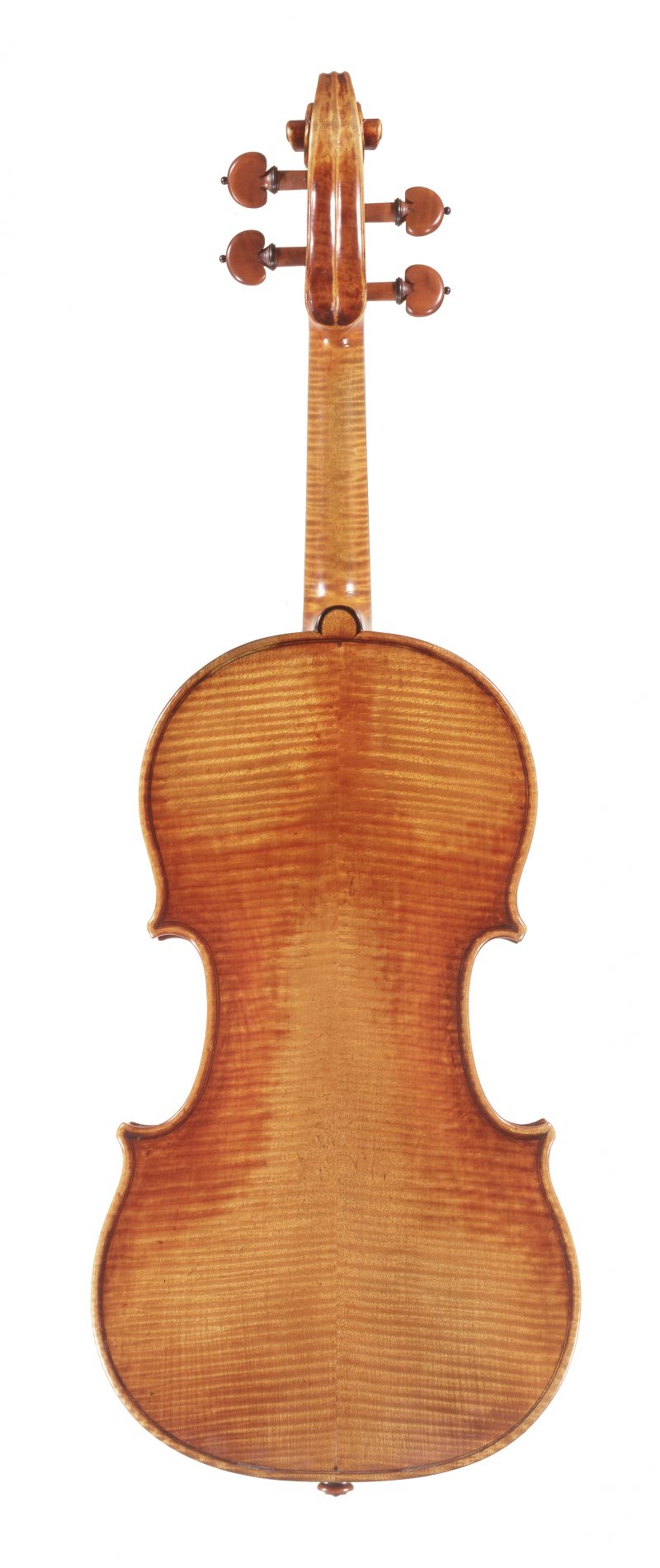
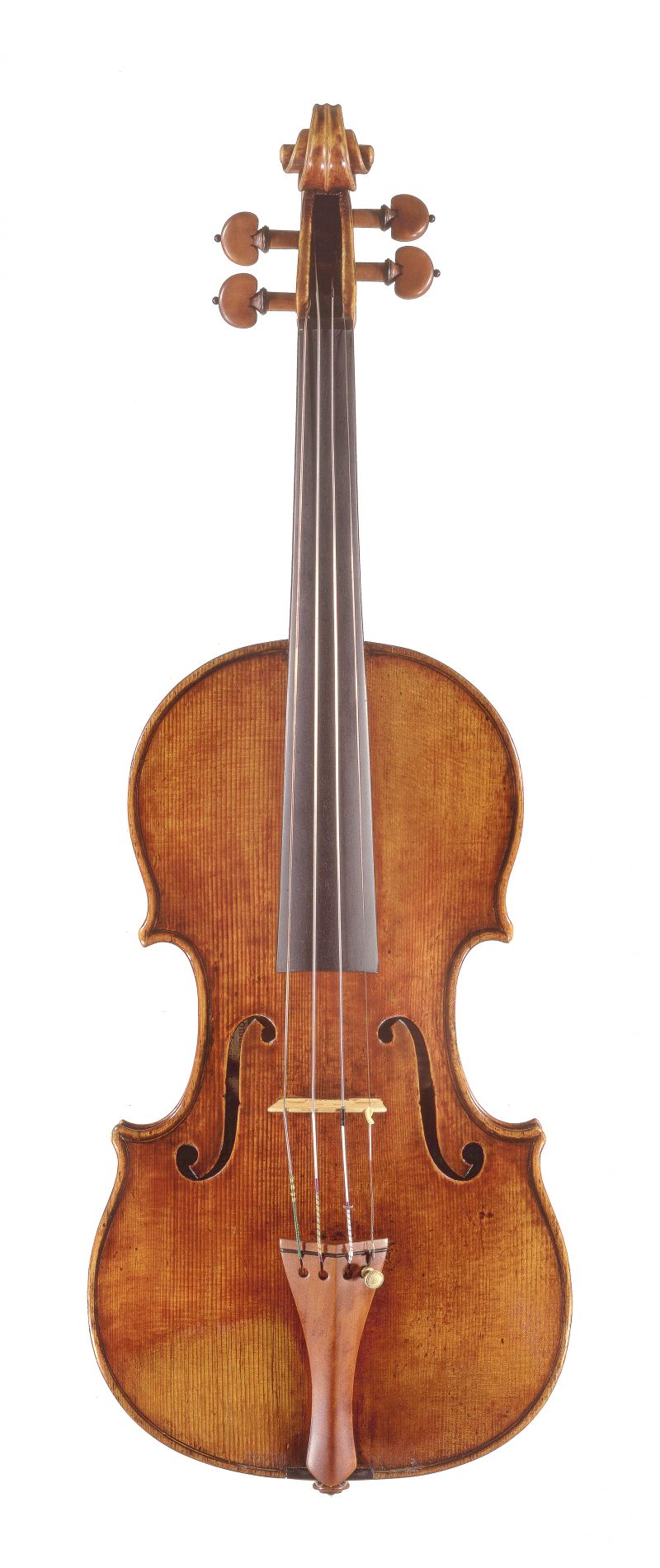
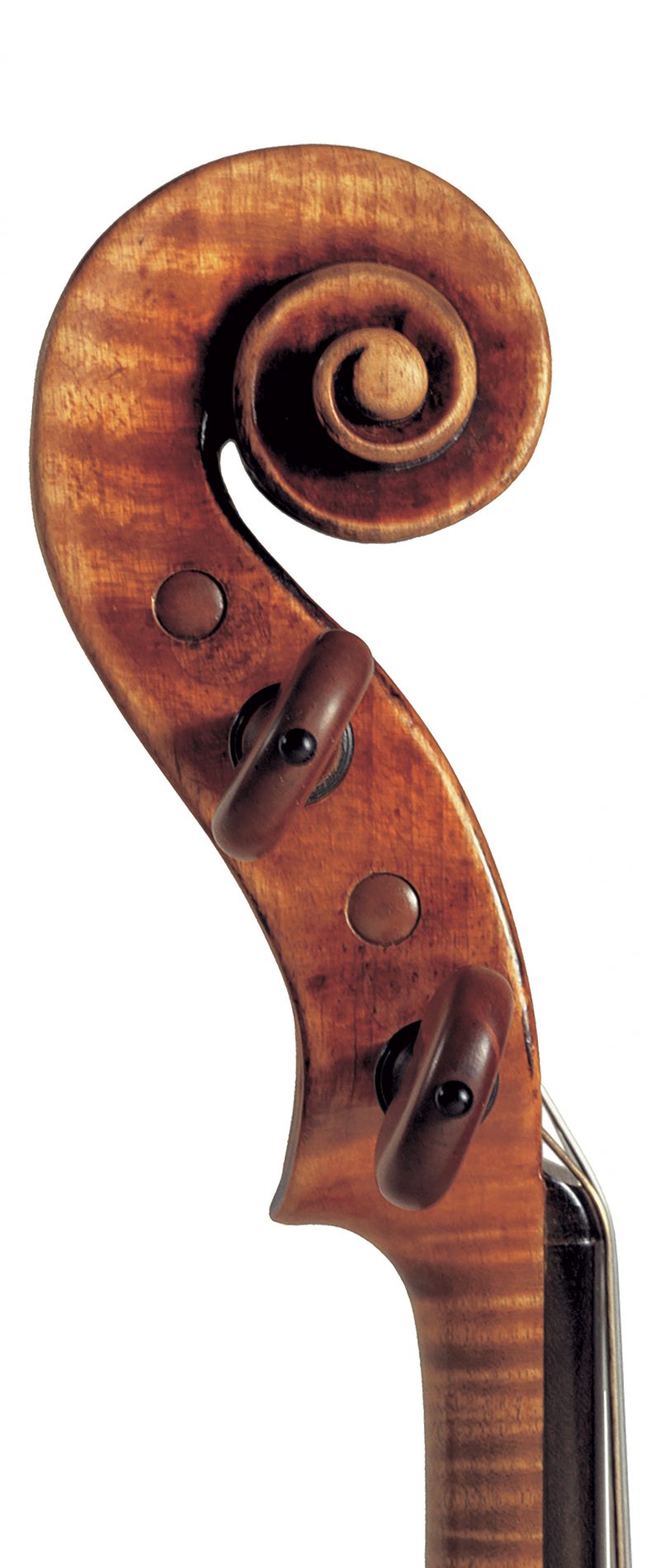



Notable Sales: Antonio Stradivari | Violin, 1725












0%
Ex-Wilhelmj
Cremona, 1725
labelled Antonius Stradiuarius Cremonensis Faciebat Anno 1725
length of back 35.8cm.
The 1725 ‘ex-Wilhelmj’ was owned by Luigi Tarisio, an Italian violin expert and collector, and his airs until circa 1854, when it was bought by J.B. Vuillaume. Vuillaume didn’t own the instrument for long, selling it to Herr Emil Bochmühl, a violinist in Düsseldorf in 1855. Otto Franz Wilhelmj bought the violin in 1866 and gave it to his son, August. August was considered a child prodigy in the 1850s and it is from him, not his father, that the ‘ex-Wilhelmj’ received its name. August was taught by Ferdinand David, a German violinist and composer, in the 1860s and was a personal friend of Wagner, leading the orchestra at the première of Der Ring des Nibelungen in 1876. Wilhelmj’s fame spread to London when he played there in 1886 and, in 1894, he became Professor of Violin at the Guildhall School of Music and Drama.
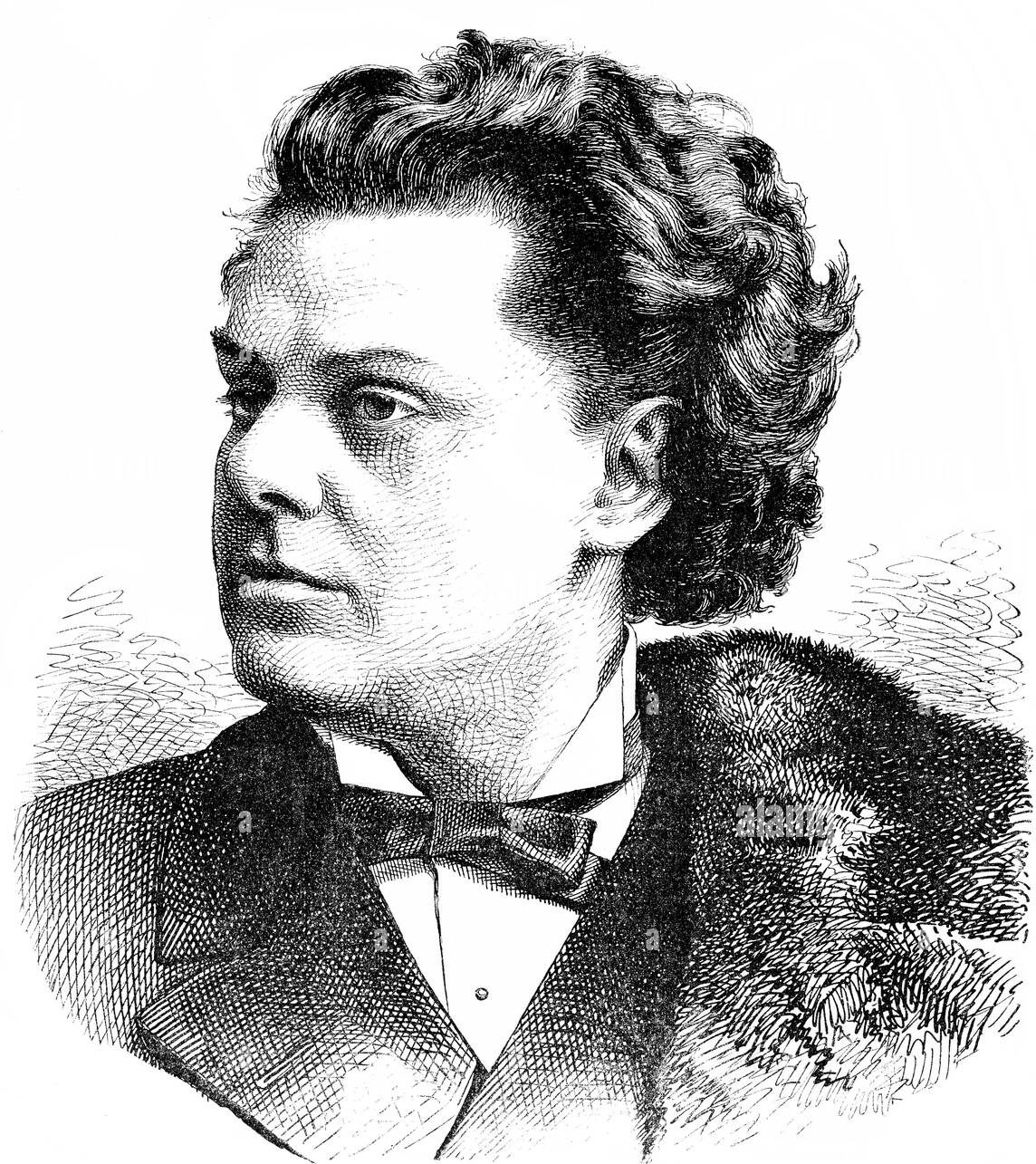

In 1896 Wilhelmj sold the violin to his pupil, Hugo Kupferschmidt who owned it until his death. In 1920 it was bought by the Rudolph Wurlitzer Co. and, in 1921, sold on to J.E. Greiner, an amateur player and collector in Baltimore who also owned the 1713 ‘Pingrié’ Strad. Greiner owned the ‘ex-Wilhelmj’ for 8 years, until he sold it back to Rudolph Wurlitzer and W.E. Hill & Sons, from whom it was bought by Maulsby Kimball, a painter from New York. As well as being a successful artist, Kimball was also a follower of Rudolph Steiner, an Austrian social reformer and mystic who founded the spiritual practice of Anthroposophy, encouraging engagement in spiritual discovery independent of sensory experience. Kimball was the president of the Anthroposophy Society in America from 1962-1972. Kimball’s collection included four Strads, a violin by G.B. Guadagnini, and a viola by Antonio & Girolamo Amati.
In 1944, Kimball sold the ‘ex-Wilhelmj’ to Thomas L. Fawick, an inventor, art collector, and violin maker from South Dakota. Fawick is thought to have patented over 250 inventions, including the airflex clutch, used by American naval landing craft during WWII, and a new type of grip for golf clubs. Interested in violin-making, he developed a treatment which accelerated wood ageing while protecting the instrument from temperature fluctuations. Fawick founded the Fawick Corporation to manufacture violins before retiring to manage his extensive art collection, which was sold at auction after his death in 1979 for $1.2 million. Fawick also owned the 1718 ‘Szigeti, Benno Walter’ Strad.
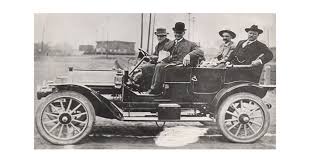
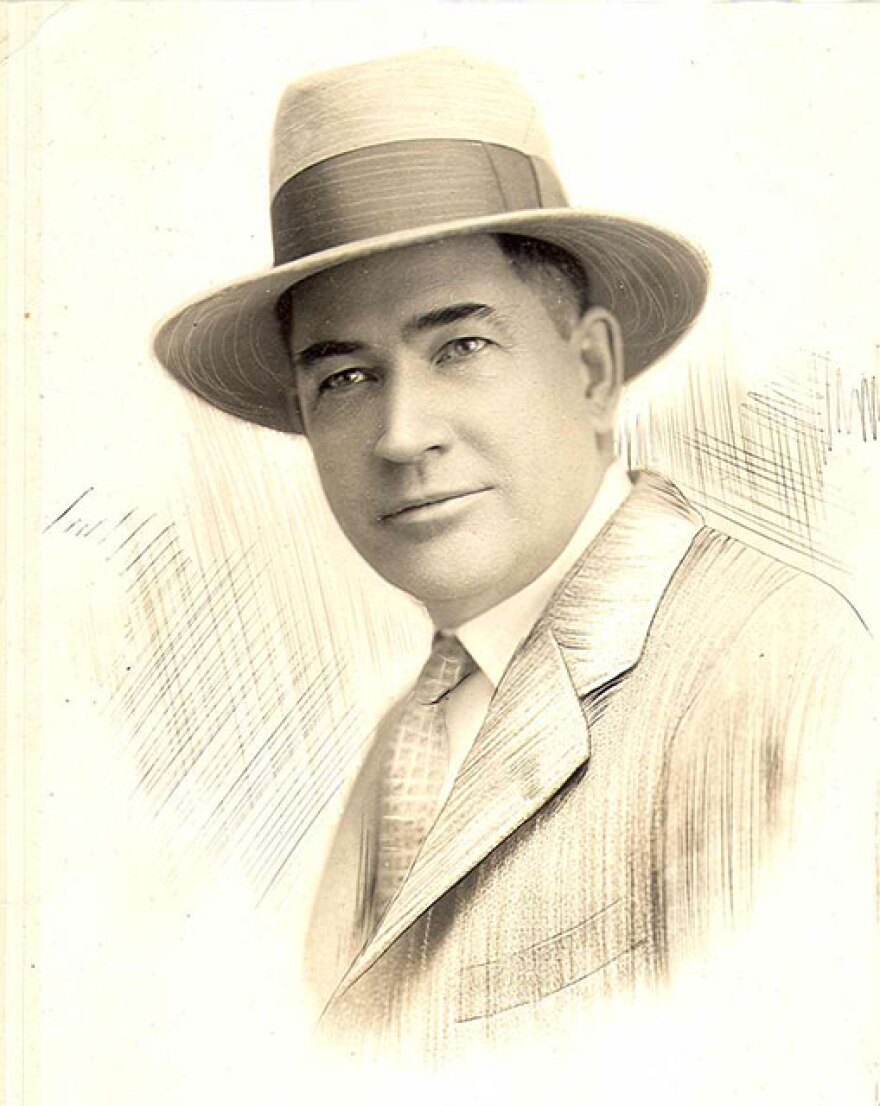
There is some debate regarding the length of time for which Fawick owned the ‘ex-Wilhelmj’ but evidence points to him selling it in 1969 to Henryk Kaston, a polish violinist, jeweller, former acrobat, and bastion of the New York music scene. Kaston is well known for having lived to 100 in spite of his capture as a member of the French army during WWII (to which he took his violin). He owned the violin for a matter of months before selling it to the violinist Jerry Castellone from whom, in turn, it was bought almost immediately by George A. Gade in 1970. Around the same time, Gade is also thought to have owned the 1716 ‘Cessole’ and the 1725 ‘Koeber’ strads.
Gade parted with the violin in 1971 and W.E. Hill & Sons sold it to Robin Loh, an Indonesian industrialist and shipping magnate who bought the ‘Lady Blunt’ from Sotheby’s in the same year. The ‘ex-Wilhelmj’ was put up for auction at Sotheby’s in November 1985 and was sold to the Nippon Music Foundation in 2001, where it remains today.
We offer buyers and sellers a bespoke private sale service, sourcing exceptional instruments and bows and matching them with the most discerning buyers.
More InformationTim Ingles and Paul Hayday will offer an initial evaluation of the authenticity and value of your instrument or bow to recommend an auction estimate and reserve price.
Enquire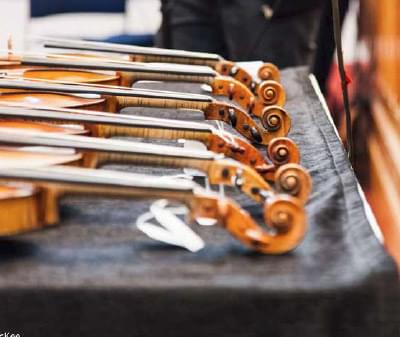
Tim Ingles and Paul Hayday will offer an initial evaluation of the authenticity and value of your instrument or bow. At this stage, the assessment is free and without obligation. In the first instance, we suggest submitting good-quality images to us, preferably by email to info@ingleshayday.com or by completing the valuation form.
Read more